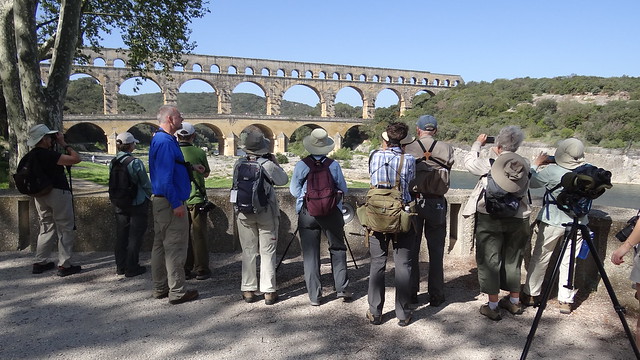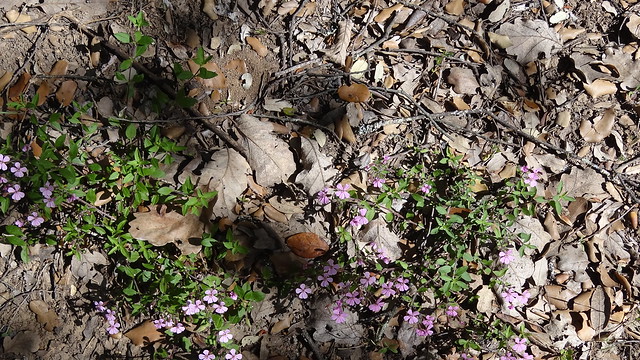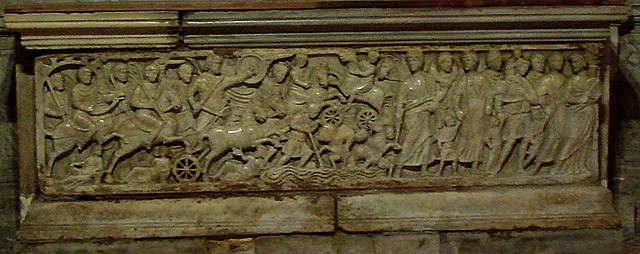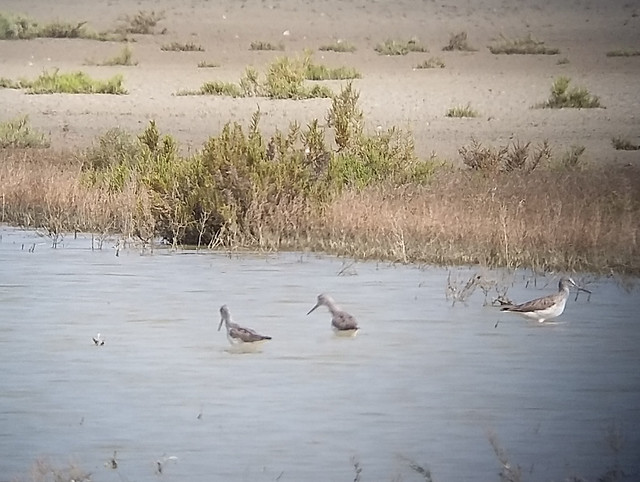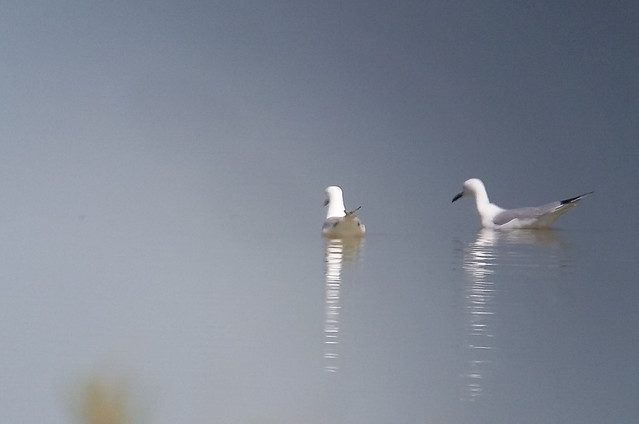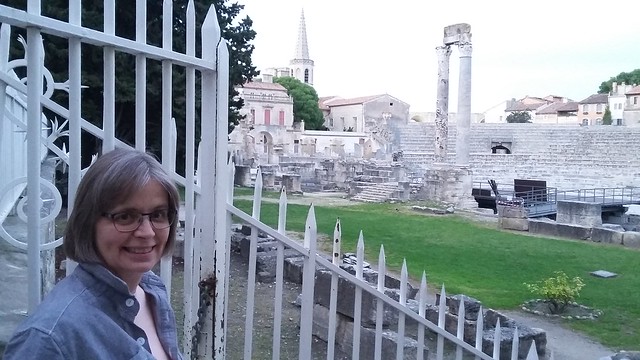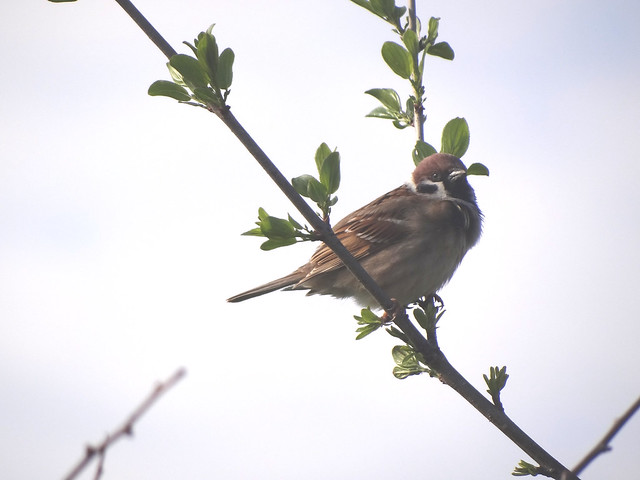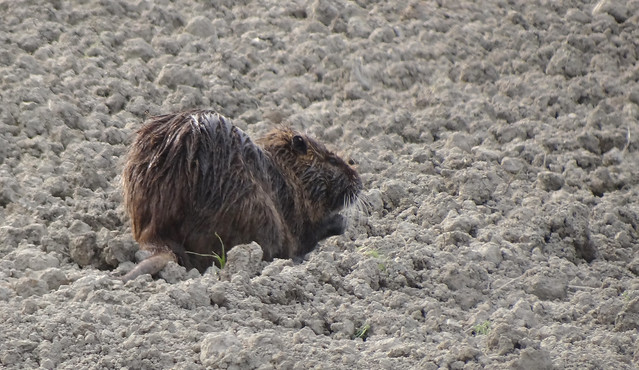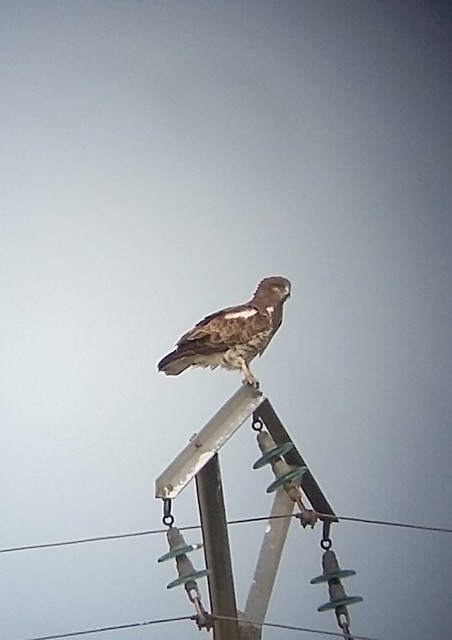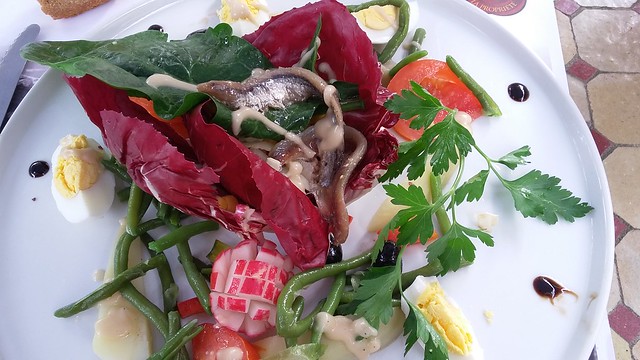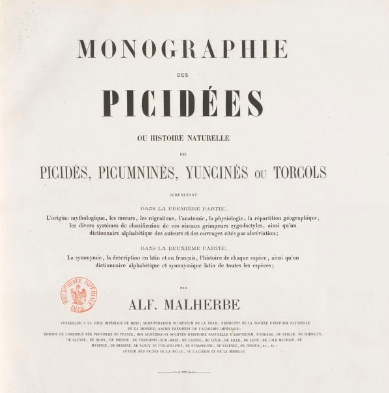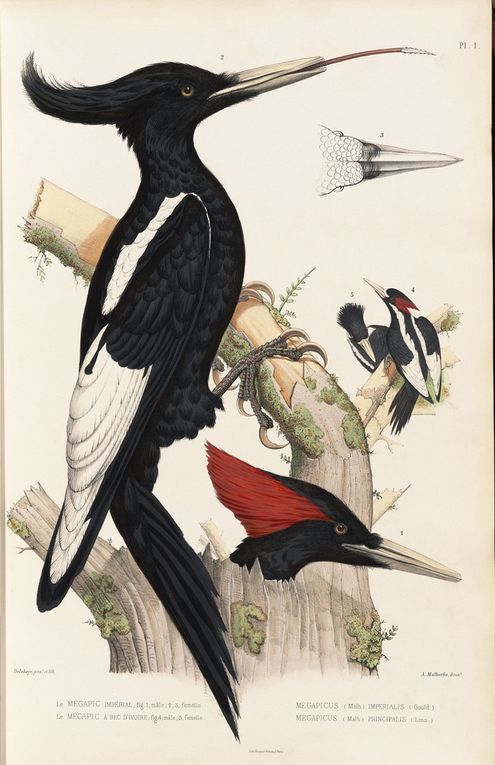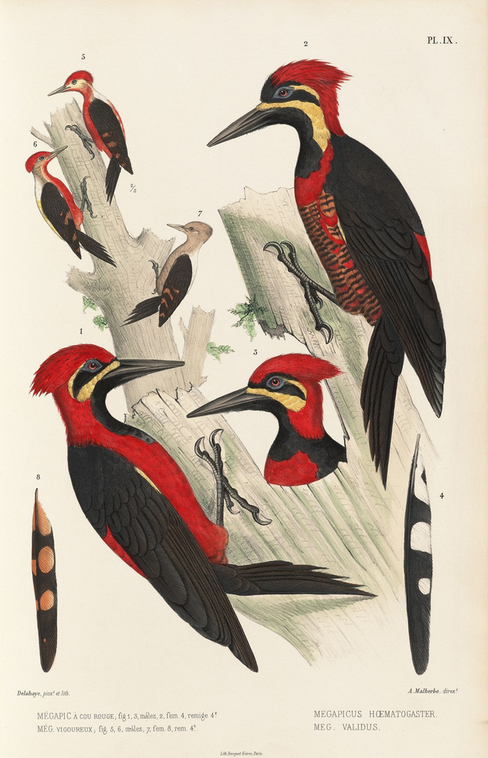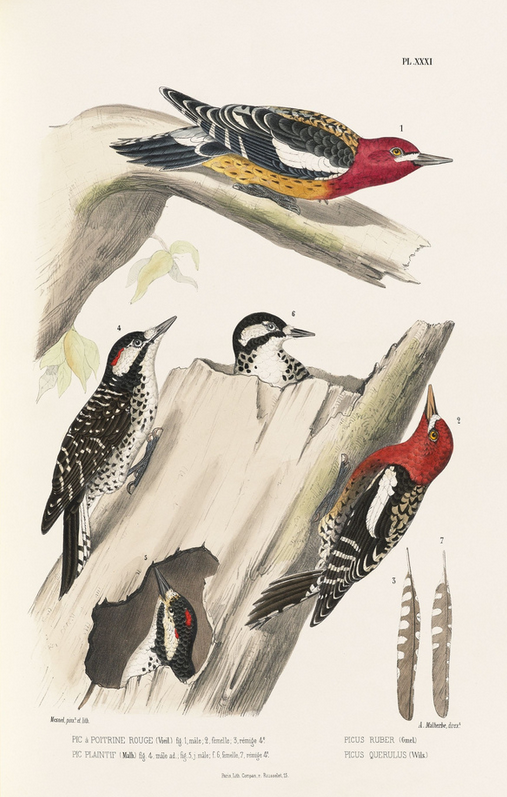It’s not an hour’s drive to the Pont du Gard, one of the most famous Roman structures in the world, but the rocky banks and garrigue of the river Gardon are a world apart from the marshy lowlands of the Camargue.
We spent a bright, warm morning here admiring both the acumen of the Roman architects and engineers and some pretty exciting birds. As usual, getting out of the parking lot proved our greatest challenge. A pair of black kites was busy building a nest in one of the big poplars, and the first of the day’s several common redstarts hunted the fenceline. The distant song of a golden oriole was simultaneously encouraging — they’re back! — and tantalizing — way back over that way! — but soon enough the bird, or a bird, flashed across the clearing to land in the bare branches of the kites’ home tree: great views of a bird that so often goes barely glimpsed even where, as here, the species is so hearteningly common.
The water was notably high this time. Several of the old familiar gravel bars were nearly submerged, to the disappointment of a pair of little ringed plover flying ceaselessly just above the surface of the river. My guess is that they had lost their nest, or at least their anticipated nesting site, to the flood. One or two more were on the rocks on the far bank, but unless water levels fall, there may be no breeding here this year.
reat cormorants, white wagtails, little egrets, and gray herons looked happier. If they were content, the alpine swifts and crag martins were exuberant, flashing above and around and through the arches of the aqueduct. We saw several martins at their nest crannies, while one pair returned persistently to a damp spot on the steep bank, whether to bathe or drink or gather a little mud for the nest we couldn’t tell.
We had just time for a quick glance into the woods, then it was time for a good lunch at the Terrasses. House sparrows and western jackdaws were our companions, and a blue tit working the edge of the terrace was a “lifer” for some of us.
We were back at the hotel in time to take an hour’s break, then most of us set out to have a look around town. St-Trophime seduced much of our attention. It is impossible not to linger at the Roman sarcophaguses repurposed as altars, especially what may be the most famous example in France, the Sarcophagus of the Red Sea.
From here it was up to the arena, then some were off to gape at Frank Gehry’s new Luma. I decided to work up an appetite for dinner by putting my feet up and listening to the black redstarts, common greenfinchs, and Eurasian collared doves out the window of our hotel room.
This is the life.

